Interview: Helen Marriage, Co-Founder & Director of Artichoke
By Something CuratedArtichoke was founded in 2005 by Helen Marriage and Nicky Webb, with an objective to work with artists to create extraordinary, large-scale events that appeal to the widest possible audience. With a strong conviction to improve accessibility of the arts, Marriage led impressive projects outside of theatres and art galleries, putting on shows in unusual places, including the streets. Since 2006, Artichoke has produced several significant events across the country; the company produced The Sultan’s Elephant, the largest piece of free theatre ever staged in London, which attracted a million people over a four-day period in 2006, and the more recent Lumiere London, containing over 20 light installations and new commissions that transformed the city. Something Curated met with Marriage at Artichoke’s east London headquarters, Toynbee Studios, to learn more about her fascinating career, and the thinking behind some of Artichoke’s most exciting projects.
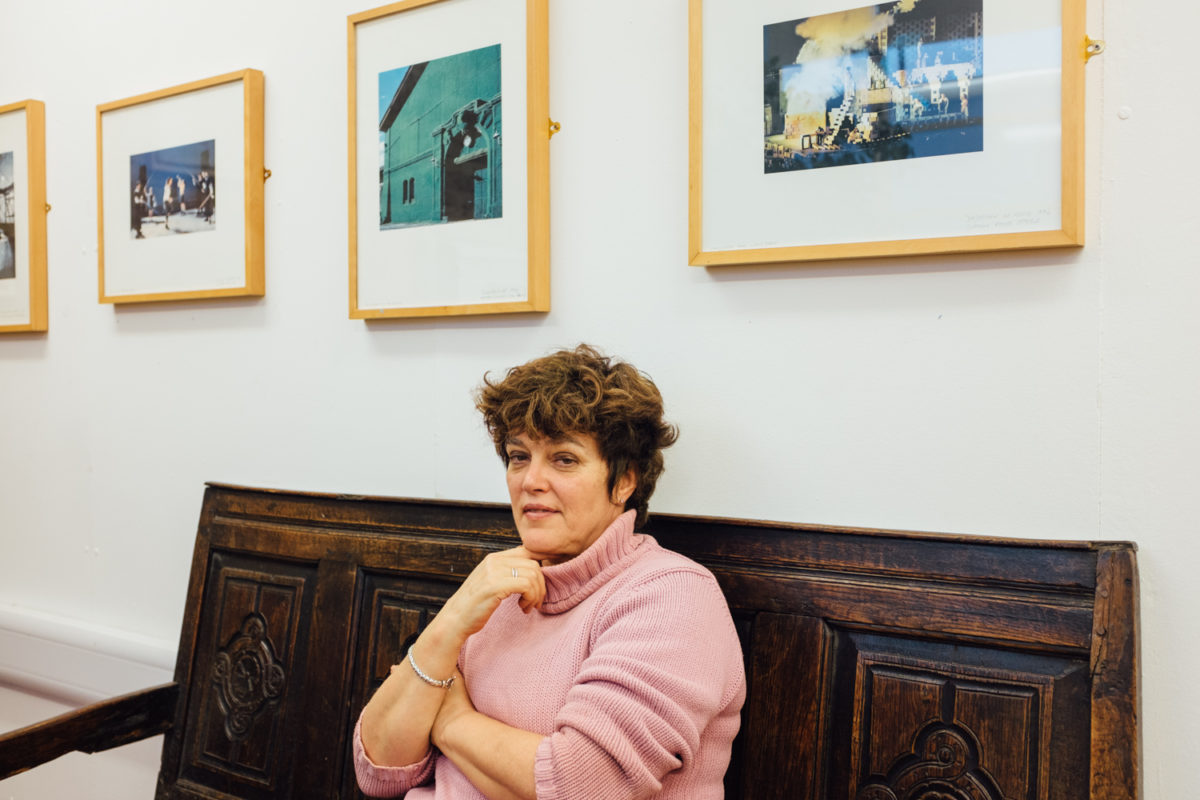
Something Curated: Could you tell us about your journey into this field?
Helen Marriage: In the early 80’s we didn’t really put labels on things in the art world, which itself wasn’t so much an industry as it is now; you could make up something you wanted to do and then do it. I think it was a bit of a freer world. There weren’t so many layers of people between you and what you wanted to achieve. Organisations that now appear to be terribly well established and part of the arts infrastructure were also just starting out. It seemed as though nobody at the time saw this as a career, we just did whatever we felt like doing.
I did a degree in English Literature, graduated and started working in a health food shop for a bit, and from there moved to a street theatre for the summer in Edinburgh. I couldn’t quite work out how you could make a living from doing such things. I got a job in an office which was super boring, and went on to do what was then the only Arts Administration course at City University. After graduating I went to work for a lady who created the community play, so I lived in rural West-Dorset for a year. My first real paid job was at Arts Admin, who are right next to us in this building now (Toynbee Studios), who are a project management organisation who produce the work of various experimental artists. I managed, under Arts Admin in the mid-80s’, a company called Bow Gamelan Ensemble who were experimental pyrotechnicians who blew things up for visual and sonic beauty, so they used to create these huge explosion pieces, and I toured them in Britain. Then I got this gig in America, it was a producer called Anita Contini who started with a series called Art on the Beach which was on the south seaport side of Manhattan.
So with Bow Gamelan, who as I say blew things up, we flew to New York. What was very funny was that the performers came through customs with suitcases full of detonators, they were just saying, “Well we’re artists, what’s the problem?” They searched the Manhattan and Brooklyn junkyards for all the scrap with which they could create these beautiful installations which we then incorporated into a concert with them performing. They blew things up, banged two baths together that were full of marine flair, all kinds of beautiful but mad stuff. Anyway, Anita loved it, it was a massive success, we only did it once. Can you imagine now saying, “Oh we’re just putting these explosives into the bottom of the Brooklyn bridge?” Anyway, it was a great gig and we got reviewed by the New York Times by a music critic.
Anita went on to work for Olympia and York who are Canadian property developers who at that time owned much of New York. They owned the World Financial Centre, which is right beside the World Trade Centre. In America there is a law that says you can’t privatise public space, so if you construct a building with a massive atrium you can’t stop pedestrians walking through it. So they created an arts programme in this series of buildings which she ran as she was the local arts activist. Olympia and York were the developers of Canary Wharf, so when they started building she thought that they needed someone to start a similar programme there, and she rang me and asked whether I wanted to do her job but in London. At that point there was much more of a division between the subsidised or struggling art world and the world of commerce and the cooperations, so it seemed as though I had gone to the dark side. So I created the arts programme at Canary Wharf and worked for them until they went spectacularly bankrupt in 1992. From there I moved onto the role of festival director of the Salisbury Festival in Wiltshire which had been a strictly classical and poetry festival, but I transformed it into something a bit more progressive, more radical I suppose.
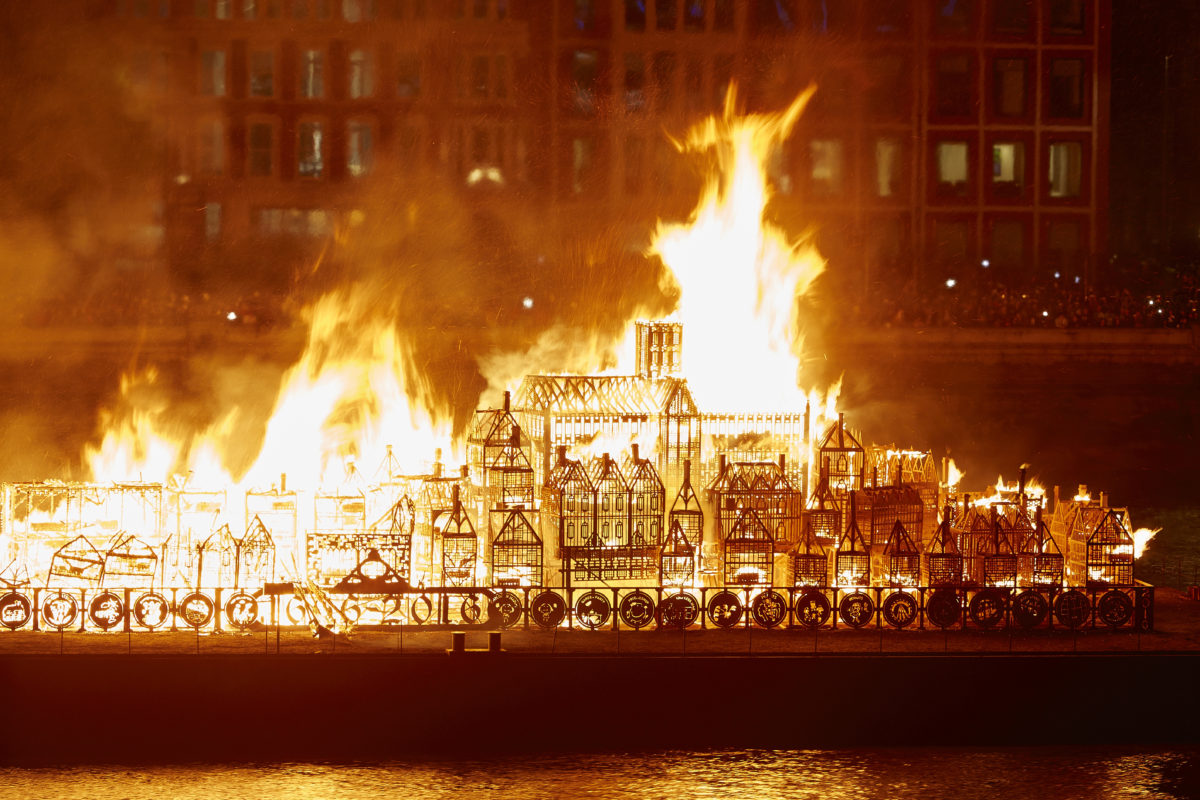
SC: You are credited for transforming the Salisbury festival from a local affair into something recognised nationally and in the past described as “a miracle of modern British culture” — how did this come about?
HM: Leaving the festival as it was would have been too dull. It had a sort of formula: there was a big concert in the cathedral, a big orchestra and string quartet in churches. All laudable, but only interesting if you were over 65 and well-versed in all of that kind of stuff. I at the time was much younger than that, and thought this is a small city with 40,000 people living in it while the audience for this festival was usually around 5,000—where were all the other people? So I set about programming it in a sort of selfish way, in that I only programmed things I really loved, but my tastes are quite eclectic. We added a jazz stand, a world music stand, we added a stand of commissions for outdoor spaces where we had a lot of quite high profile street performances. It had a circus, many big companies got involved including the National Theatre. But I would only ever program something where I could find a context of it being in Salisbury. The best example of that is the National Theatre production of Joan Littlewood’s Oh What a Lovely War which was touring that year. It was a 1960s’ piece, a funny musical about the stupidity of the First World War generals. It was quite unusual in that they were touring it in a large, bespoke circus tent they had made. So Salisbury was an interesting location to perform this as the city has been the headquarters of the British army for the past 200 years, and I thought it would be hilarious to put this massive anti-war political rant into an army camp.
There was a contemporary performance artist I really wanted to put in the show, Bobby Brown, yet to begin with I struggled to think of a way to contextualise her in the festival. She had a very funny show called ‘The Kitchen Show’, and she would normally perform in places such as the ICA or the Kettle Yard, places of some reputation. The show was about the woman at the heart of the home, in the kitchen, it was a radical piece of performance art. I was going to put it on in the Arts Centre, a converted church. The drawback here was the knowledge that only those who would normally go to the Arts Centre would see it. The solution came to me when I was having dinner at the Bishop’s home and saw what a large kitchen he had, a perfect venue for the show. I managed to persuade the Bishop and his wife Shelley, who had been the cookery editor of the Church Times to give me their kitchen. I knew that everyone would have wanted to see inside the Bishop’s kitchen. It seated 35 people on benches. With the limited capacity, I thought about who I wanted in the audience, and I realised that I really wanted was for the conservative ladies who would never usually attend such a radical piece of performance art to come along, and they wouldn’t have, had it not been presented to them in that way. The event was a big hit; it sold out in a minute.
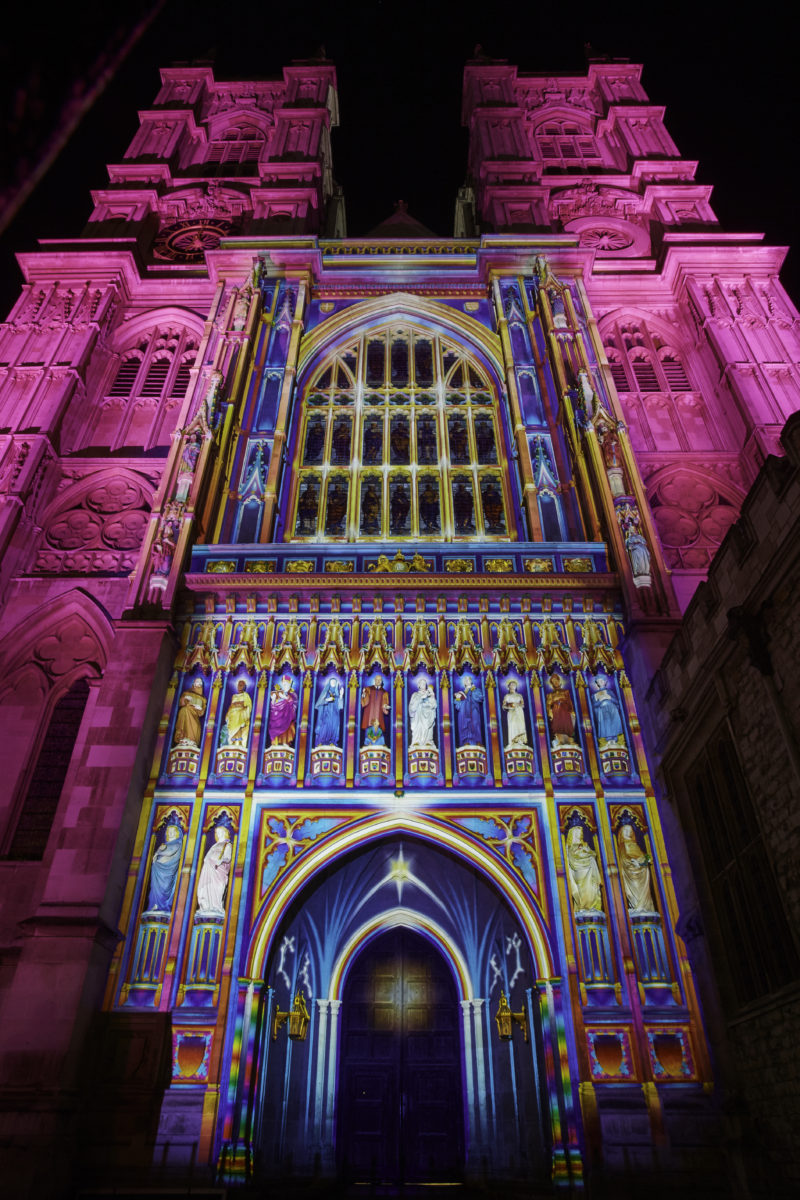
SC: What led to the creation of Artichoke?
HM: Artichoke was founded by me and co-director Nicky Webb in 2005 with the soul intention of bringing The Sultan’s Elephant to London. We just needed a structure through which to pour money. Prior to that it had taken seven years to get the permission to do that piece, so I first wrote to the company in 1999 and we managed to perform it in 2006. That tells you how innovative it was to even imagine that you could close a city like London for that many days for no practical purpose; it wasn’t a disaster, it wasn’t sanctioned by any governmental department or royal event. The idea that you could just close a world city for pleasure was the hard part. During those 7 years I did a lot of freelance work, I raised £6 million to refurbish Toynbee studios, where we are now based.
Initially there was no particular intention to do anything beyond that show, which was at the time a beautiful, highly political act. To shut central London was to elevate the arts to a place that authorities deemed as moments of significance—you know, moments of sporting triumphs, presidential visits, the Queen’s birthday, the marathon. The seven-year journey it took to persuade the authorities to say “yes” was all about the legitimacy of the output. “Why don’t you just go and do it in Battersea Park?” was often the question, and the people who said that completely misunderstood the point, which was the intended disruption. The point was to show that a world capital like London was capable and willing to turn itself into something else and that traffic could take secondary place to pedestrian joy and delight.
The Sultan’s Elephant finally came to fruition in 2006 and we managed to close central London for 4 days. It’s about a time travelling girl in a space rocket who comes to London, and she is pursued by a sultan who wants to meet her, and his time travelling device is a giant elephant. The performance was by the French company Royal de Luxe, who had never performed in the UK before. I had seen there work for the past 20 years in other cities and always wondered why no one here had ever invited them before. On the first day there were around 50,000 people, not a small crowd but relatively containable, but it was all word of mouth—you have to really try and imagine a world where social media didn’t exist. The entire weekend people were laughing and by the end crying. David Lammy, who is still an MP, made a speech of welcome. The event was in part funded by the Mayor of London, the then existent London Development Agency, and Arts Council England.
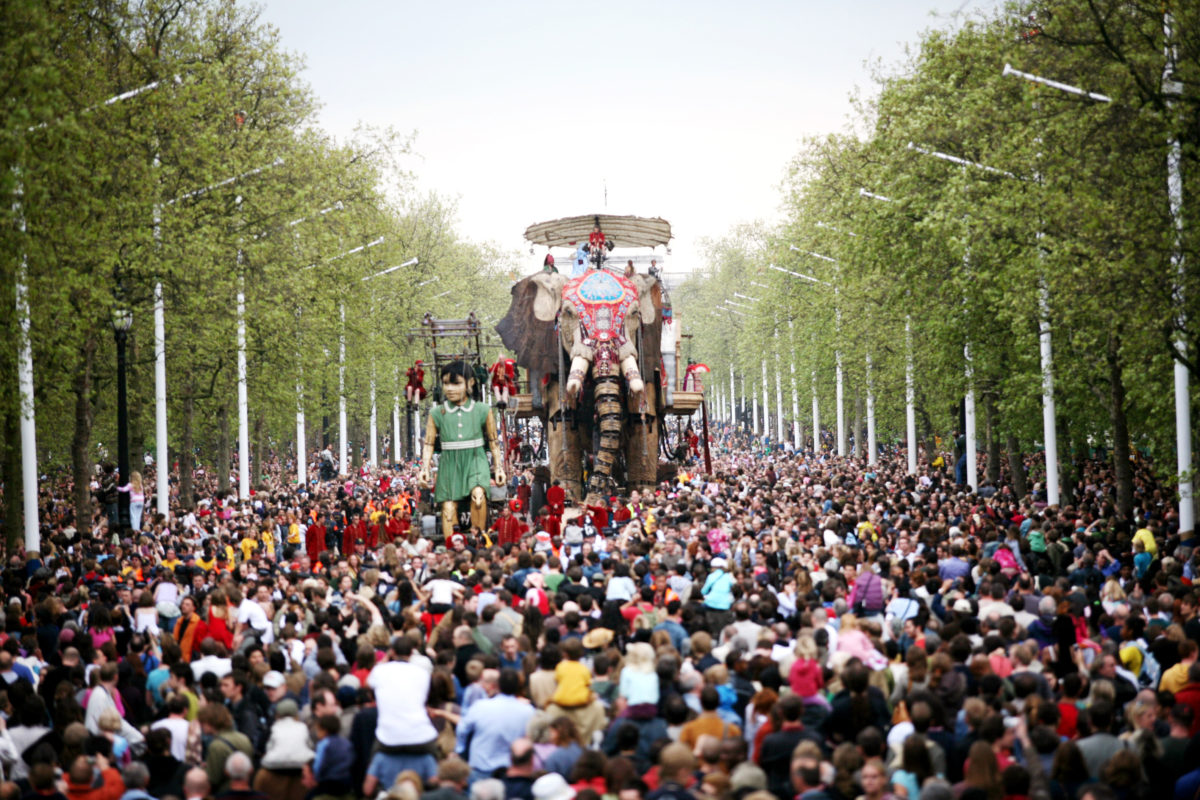
SC: What would you say is the guiding ethos for the organisation today?
HM: Our work is the antithesis of everything that is new and digital and technological. For me it’s a bit arid and a bit uninteresting. We use it where it is necessary to us, but I would never want to make it an integral part of a performance. Recently someone tried to persuade me to incorporate VR into performances, which I don’t want to do. If you’re committed to live, real performance where the audience is actually present and the experience is shared, why would you want to go anywhere near something that is fake, isolating and just not in anyway emotional. I think that there is a tyranny of the screen and I think that the experience is somehow always mediated in some way, so you’re not actually present.
What was amazing about the Sultan’s Elephant weekend was not only the performance which was great, but that those 1 million people shared the space, laughed and cried—there was no crime that weekend. I think that would be something impossible to emulate if everyone is wearing a helmet. We’re committed to the live, emotional, large-scale transformation of a place. I believe if you can change the way a place looks and feels, you can forever change the way people feel about the place and themselves, and those people with which they share it. Our events are free to the public, it’s liberal in terms of policing and movement, and we absolutely aim to create above all of that a platform for artists to do things that they otherwise wouldn’t be able to do.
SC: Can you talk us through the main stages of organising a large-scale art event such as Lumiere London? How does everything come together?
HM: It’s a four-fold process: there’s the initial idea, and making it robust enough to persuade the authorities. Sourcing resources to make it possible, and as we get bigger audiences those budgets get bigger, because so much of it goes into safe management of the audience. The production question – thinking about Oxford Circus, which we chose as the best location for Lumiere London. Then you set off on the journey of seeking permission from building owners, tenants, lawyers, Transport for London etc. Then there are also the safety issues, how do we plan people exiting, conversations with securities and other personnel about how these crowds could be managed. There are four internal divisions of Artichoke: Development, Communication, Administration and Directors. We also work with a series of contractors, sub-contractors and production companies.
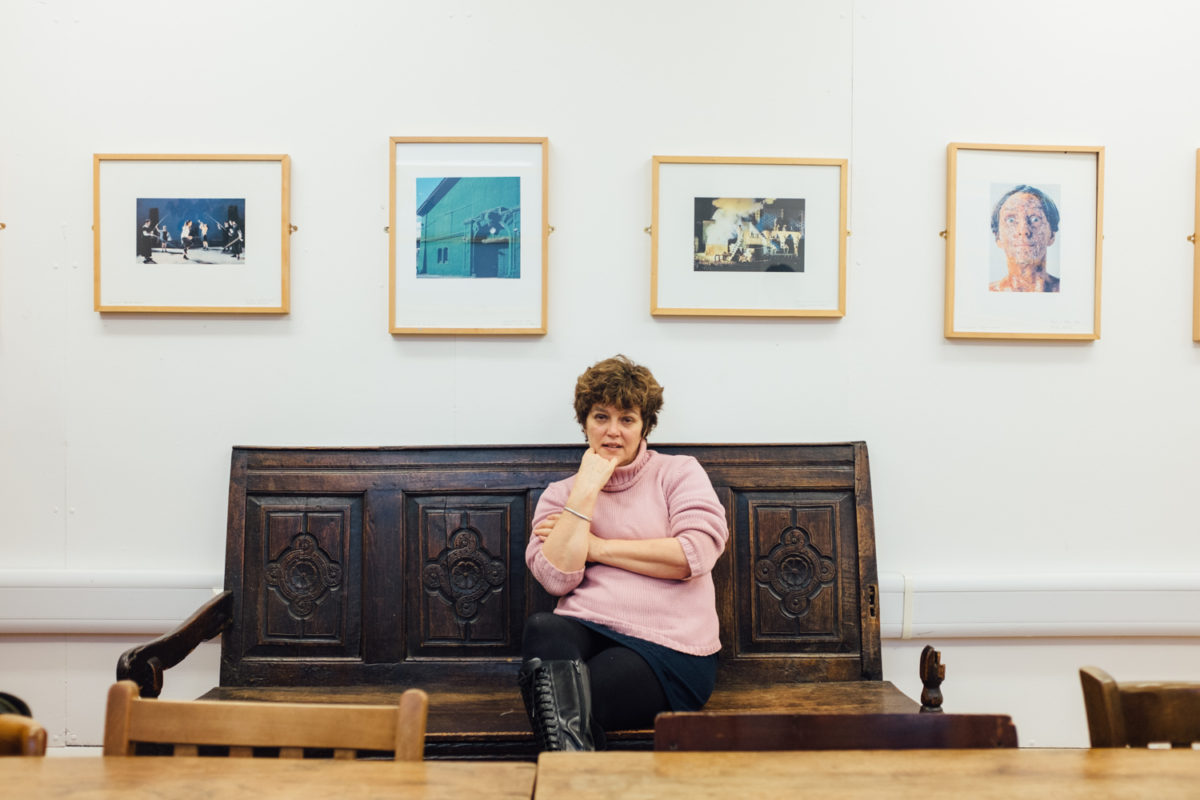
SC: Fundraising for these large-scale art events across the country must be challenging – how do you achieve your targets?
HM: We mainly raise money from those with territorial interest in what we are doing, local authorities and brand sponsors – we employ fundraisers for development.
SC: How do you make art accessible to all?
HM: I think it really depends on where you put it, but very importantly it depends on how you talk about it. We rarely use the word art, we do a bit more now than we used to. This has its own advantages and disadvantages. It means that you can talk to a much broader audience as they feel they’re being informed about something they’re interested in opposed to being told about something they think is good for them. The difficulty is that the art world tend then to not take you so seriously as you’re speaking with less esoteric language, and you’re clearly too popular. It’s not a problem we care about too much, but there is this perceptual problem that if you can engage with an audience who are very broad, an audience who are not necessarily frequent art attenders and then go away happy, those who would prefer the art experience to be a bit more exclusive think that what you are doing must not be very good. For visual artists, there are many who deliberately opt for their work to be more exclusive; the rarer your product is, the better for money. Our work seldom gets reviewed by art critics though does get into news stories, which does slightly mystify me – I think it is a bit of a disservice to the artists we work with.
SC: Where do you draw the line between art and entertainment?
HM: It’s not a line I really draw. In the end when you are producing, you produce according to all your own taste, and I would always defend what we do as art. I don’t think there is anything pejorative about entertainment, so if our art entertains I am quite happy with that.
SC: Where does the gallery stand today regarding inclusiveness and what hurdles do you think must be overcome to make these designated spaces more accessible?
HM: I think that many galleries do great work and work hard to get people through their doors, but any building is inherently limiting, because you have a door and you have walls. And lots of work is most enjoyed in quieter, more contemplative, less crowded space. I don’t decry any of the work that goes on in those places; one of my favourite things to do in the world is go to the opera house, capacity 1600 people or so. But I know that’s not for everybody, that experience, that desire to hear that kind of music. You can introduce new audiences to that stuff if you put real effort into it, but it’s not really where my heart inclines in terms of what I want to spend my working life doing. I want to make a great impact, to change what people think is possible. For me, our work is a political art, it’s a disruption, it shows that art matters enough to take precedence over traffic, and that is a strange place to be.
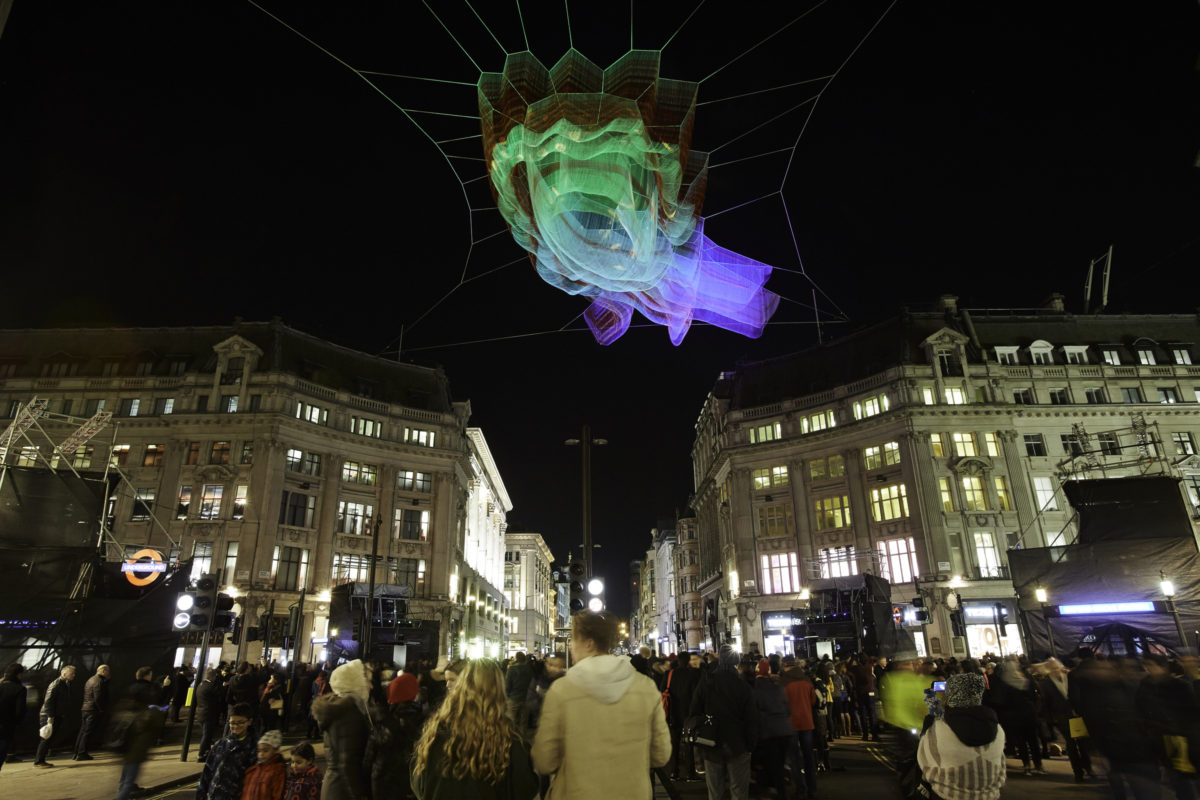
SC: What makes Toynbee Studios a suitable space for Artichoke?
HM: It’s a great cultural hub and also I helped establish it. We share the building with various other arts organisations including Arts Admin and LIFT, who I used to work with. This part of London is interesting in that it’s going through this very rapid transformation, but if you like me had lived here in these past 10 years, can you imagine that when we first moved here you couldn’t buy a cup of coffee? There was nothing, and now you look around and there are loads of bars and restaurants. The East End of London has always been a centre of poverty and immigration. Succeeding waves of immigrants have come here, jews fleeing persecution and economic hardship in Eastern Europe, more Jewish immigration during the second world war, subsequently Somalis, Vietnamese, Bangladeshis who moved in. What’s interesting to me now is that the wave of immigration today is not an ethnic group, it’s an age, a demographic group, so it’s hipsters who have colonised the area now.
Brick lane, where there used to be only Indian and Bangladeshi shops, now has chocolate shops, French restaurants, cafes only selling breakfast cereal; these are the hallmarks of this new generation who have moved in. This is still one of the poorest areas in London. Crisis, the homeless charity, is now celebrating its 50th anniversary. Its headquarters are on Commercial Street and you sometimes see homeless people struggling along the road to get there, as the charity still offers food and classes. And yet its such a changed, striking contrast between what is going on around them, the expensive high rise blocks within 200 yards of housing estates and the rapid gentrification.
This building and the old building that’s currently shrouded in scaffolding was founded in the 1880s’ by Canon and Henrietta Barnet. They built this entire thing as what they called a university settlement, their objective was to get bright boys from Oxford, Rugby, Eaton and other good schools to live in the East End. They hoped that this experience would enable them to better understand the causes of poverty so that when they went on to run the government they might feel more compelled to do something. As you might imagine, some incredible people have lived here. Coubertin who founded the modern Olympics was a resident here, Marconi tested the first radio here, Lenin spoke here. The Barnets invented the workers educational association here, which was a precursor to night school; they established the Youth Hostels Association (YHA) here so poor people would have somewhere to get out of London. They brought in legal aid for the poor, persuading lawyers to donate pro bono aid. It was a huge force for social change. This building we are in now was built in the 1930s’ as they didn’t want stuff to only be about poverty; they wanted it to be enlightening. It was built to be a night school and called the Centre for Arts, Music and Dancing. They really developed this idea that you could build a new world through helping people out of their poverty. People still come to Toynbee hall for free legal aid, for English lessons and more.
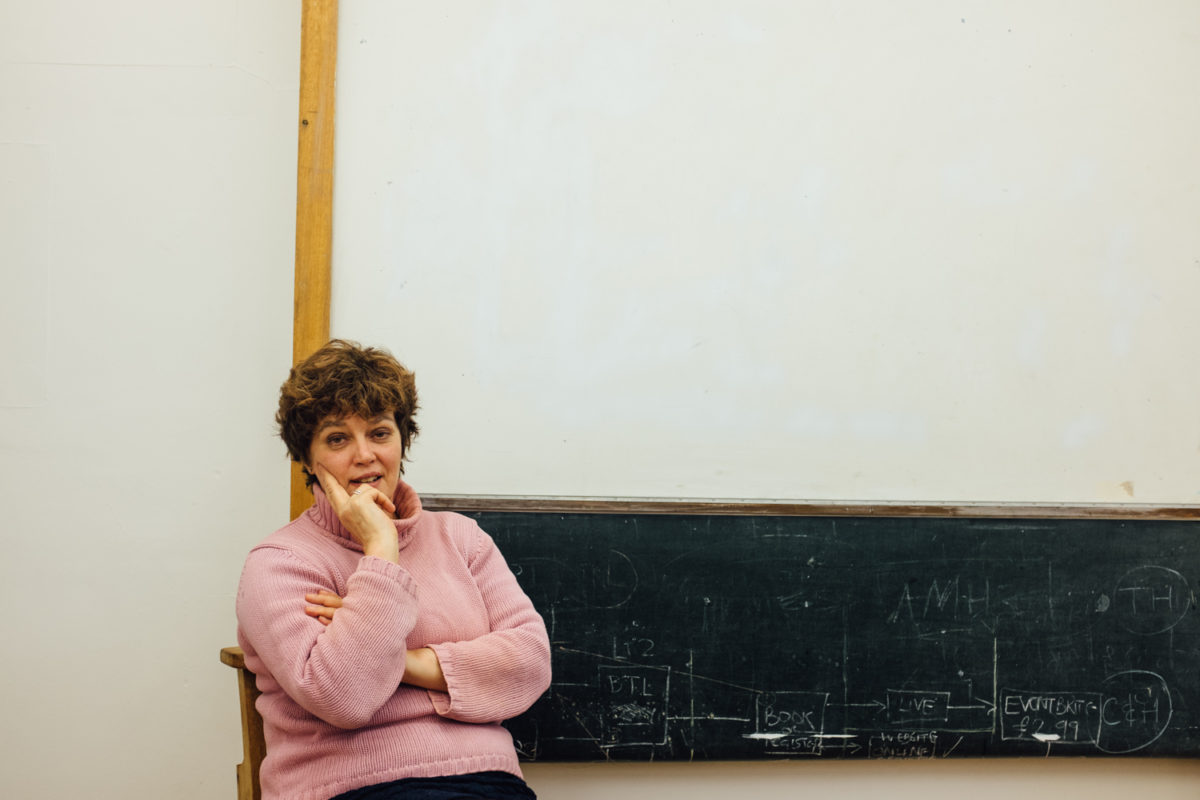
SC: A couple of years ago you were awarded the Loeb Fellowship at Harvard Graduate School of Design, could you tell us a little about what this opportunity entailed?
HM: In 1969, John and Francis Loeb founded the fellowship Graduate school of Design at Harvard. The school-funded this fellowship that would allow what they called mid-career professionals to go to Harvard for a year and study anything they wanted. At the beginning they mainly took planners, architects, and designers, but latterly they’ve taken a few internationals people who are interested in cities from a different perspective. I got in for the year 2012/13. The marvellous thing about it is that you are told that you don’t have to do anything – you can attend courses either as an auditor, or you can take part, or you can do nothing. There were no obligations to research, study or work. John’s thinking was that if you gave these professionals a year at Harvard, they would absorb everything they could and go back out into the world better equipped to do interesting things.
The only requirements are that you are obligated to dine with other fellows every two weeks, and that you have to change the world for the better when you leave. I attended a series of interesting but unrelated courses, which at the time in my head made sense, and came out with a wider perspective on what we do. When I went there I thought of myself as a producer of events, now I consider myself more as a force of social change. Being there made me think not only about the mechanics of what we did, but also about the impact and attitude towards that intervention in public spaces.
SC: How did the idea for London Burning come into fruition and how is this significant historical moment relevant to contemporary London?
HM: Last year was the 350th anniversary of the Great Fire of London and we contacted the City of London to ask whether they were planning on commemorating that moment, and they asked us to submit a proposal, which we did, and the festival first of all grew out of that. If you think about London at that point it was of a population of about 350,000, of whom 80,000 were made homeless by the fire. So you think about the fire but you never hear about the aftermath. People had to live in temporary accommodation in places like Islington and Highgate, so you had huge temporary settlements as you do now in terms of refugees, and these were right at the edges of the city of London. It took quite a few years to rebuild, therefore the economy of the city and the entire country was decimated by the fire. You can see the obvious parallels.

And a lot of the architecture of London now is informed by the City. The Wren buildings and churches went up, including St.Paul’s, but his plans for London were never fully realised. The St. Paul’s we know now is a miracle of architectural engineering post-fire. The Great Fire is ever present, even today archeologists still often reach a black layer at a certain depth while digging which smells burnt. You can see some of the burnt artefacts at the Museum of London.
SC: Where are you from and where do you live?
HM: I’m originally from Hampshire though now live just around the corner from Artichoke.
SC: What does a typical workday look like for you?
HM: Too varied, so there isn’t one.
SC: Favourite restaurant?
HM: Brasserie Zédel in Piccadilly or the Grain Store in King’s Cross.
SC: Favourite place to relax?
HM: On my canal boat in Oxford.
Interview & Photography by Elizabeth Sulis Gear